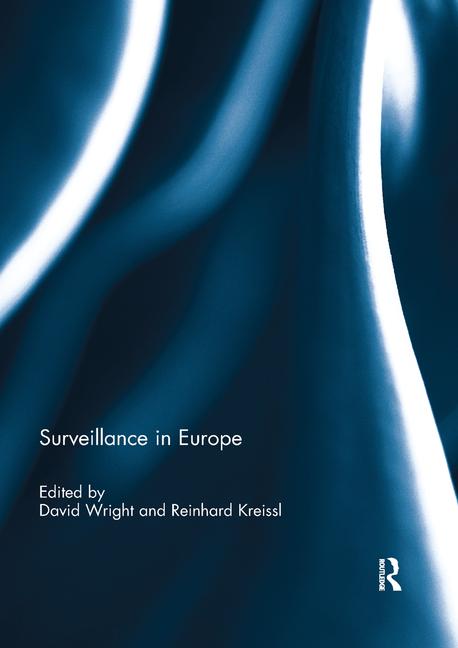Quanergy Unveils 3D LiDAR Security as a Service Solution

Image courtesy of Quanergy.
Quanergy Solutions, based in San Jose, has introduced what it billed as the industry’s first security as a service (SaaS) model for its Q-Track 3D LiDAR solution.
The yearly subscription option is said to offer enhanced financial flexibility, allowing enterprise users to budget their Q-Track solutions as an operating expense (OPEX) versus a capital expense (CAPEX).
“Our vision at Quanergy is to provide real-time, proactive awareness for dynamic environments that demand higher levels of event detection, classification and tracking,” CEO Enzo Signore stated in a press release. “With the introduction of a SaaS model for our Q-Track 3D LiDAR solutions, Quanergy now provides enterprise organizations with the opportunity to derive greater ROI from their security budgets, while improving overall security performance and fostering controlled scalability for future growth.”
Quanergy Q-Track solutions address the longstanding challenges faced by enterprise organizations’ security operations, including the reactive nature of conventional video systems and technologies, and the high cost and low efficacy of manned guard services, according to the company. Q-Track is designed to address these issues and more with new benchmarks in proactive performance and cost-efficiency for myriad mainstream physical security and business intelligence applications.
Q-Track combines advanced 3D LiDAR (light detection and ranging) sensors and AI-driven smart perception software with the ability to simultaneously detect, classify and track more than 600 individuals/objects with near-perfect accuracy over vast areas and in complete darkness, according to the company.
The new SaaS model offers a single, easy to deploy system package that includes 3D sensors, perception software license, support, maintenance, upgrades and a warranty for the entire duration of the subscription. Starting from 90 days for qualified projects and proof of concept, Q-Track is available with annual SaaS subscription terms that adapt to an organization’s specific requirements.
Quanergy is offering both the new SaaS and traditional CAPEX ownership models. End customers currently operating under the CAPEX model can transition to the SaaS model by contacting their sales representative.
Q-Track 3D LiDAR solutions are deployed at over 100 global locations, safeguarding critical infrastructure, smart cities and smart spaces, according to the company. Core applications include perimeter intrusion detection, fence and wall protection, tailgating prevention, asset protection, footfall analysis, space utilization and business operations efficiency.
During a recent call with industry trade journalists, Signore said the company sells through systems integrators and has over 40 integrations with vendor partners that include all the major VMS technologies.
“We are very channel centric. And that’s how we plan to operate going forward,” he said.
Security integrators would need an intimate knowledge of an end customer’s security infrastructure and their unique requirements to deploy the Q-Track solution, Signore explained.
“We are there to reduce costs, not to increase costs. So integrators need to know exactly how the solution needs to be deployed,” he continued. “Typically, they tend to be very technical. The solution requires integration. It’s very simple, once integrated, but it requires integration. [Also needed is] a focus on critical infrastructure, so the utilities or data centers is where we’re focusing most of our go to market for the immediate future.”
Return on investment can be a key talking point for integrators when discussing technology deployments with end customers. Reducing theft is one ROI that Q-Track 3D LiDAR solutions particularly excel, Signore said.
A second example is realizing operational savings. For example, to combat alarm fatigue, many organizations resort to contracting with guard services to manually go through each alarm.
“When you have 200,000 false alarms a year, you need a lot of personnel. So what if you can reduce that by 95 percent, then you can now reduce the number of people required to manage these alarms, and actually point them to the right alarm,” Signore said. “So those are two key very strong ROIs that customers are leveraging as they make the decision to adopt our technology.”
Looking for a reprint of this article?
From high-res PDFs to custom plaques, order your copy today!







